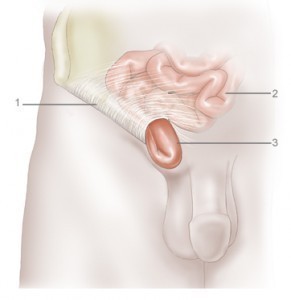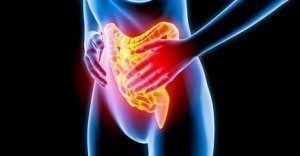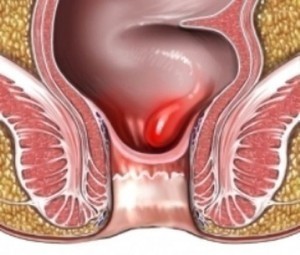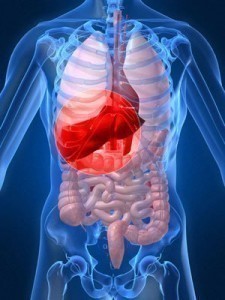Crohn’s Disease
Crohn’s Disease or granulomatous colitis or regional enteritis is a disease that causes inflammation within the intestines. Inflammation may occur in any part of the gastrointestinal tract. It is associated with symptoms such as diarrhea, abdominal pain, weight loss, skin rashes, arthritic pain, eye inflammation and vomiting. Crohn’s is classified as an autoimmune disease which simply means the body attacks the gastrointestinal tract resulting in inflammation. It affects as much as 600,000 individuals in North America and is estimated to affect 1 in 2000 people in Northern Europe. It is more common for the disease to manifest in the teenage years or in early adulthood. However, it may still develop later on in life. There is no cure for the disease and treatment usual involves controlling the corresponding symptoms of the disease and suppressing relapse of the condition.
Symptoms
The major symptom of Crohn’s disease is abdominal pain and diarrhea which may be bloody. It is possible for an afflicted individual to experience diarrhea as much as 20 times a day.
Unexplained weight loss is another characteristic symptom.
Some individuals may develop blockages in the bowel, mouth sores, fistula (an abnormally created connection between organs) and anal fissures.
Some symptoms indicate further deterioration prompted by the disease and may include: feeling faint or having a weak but fast pulse; fever and chills, excessive vomiting and intense abdominal pain.
There are factors that may exacerbate the condition and cause an increase in the symptoms, most notably: smoking, stress and hormonal changes or imbalances. It is not uncommon to develop fairly mild symptoms or experience no symptoms for a prolonged period of time.
Causes
The causes of Crohn’s disease are not really known and the theories that have been introduced have mostly remained unproven. The main theory suggests that the body attacks the intestines because it mistakes the local bacteria for foreign pathogens. The white blood cells then gather in the lining of the intestines, leading to inflammation, bowel damage and ulceration.
Though the immune system has been found to attack the intestines, scientists are still uncertain whether the irregularity observed in relation to it is a cause of the disease or its result. Further research has deduced that inflammation may be correlated to a hereditary gene factor, the environment and the immune system. Antigens found in the environment are thought to trigger the immune response or may be the direct cause of inflammation.
It has also been noticed that TNF or tumor necrosis factor, a protein generated by the immune system, exists in high levels in people afflicted by the disease.
Treatment
Treatment may involve the administering of medications and nutritional supplements and /or surgery. The treatment will be used to address nutritional deficiency, alleviate corresponding symptoms and repress inflammation. Overall, the goal is to reduce the effect of the disease or to delay relapse. It will undoubtedly be tailored to suit the intensity of the disease and will take into consideration the location of inflammation.
An individual can go for a prolonged period of time without relapse. The likelihood of having a relapse increases with the progression of the disease. The disease cannot be cured, which means that the patient will have to control his condition and receive the treatment regularly.






